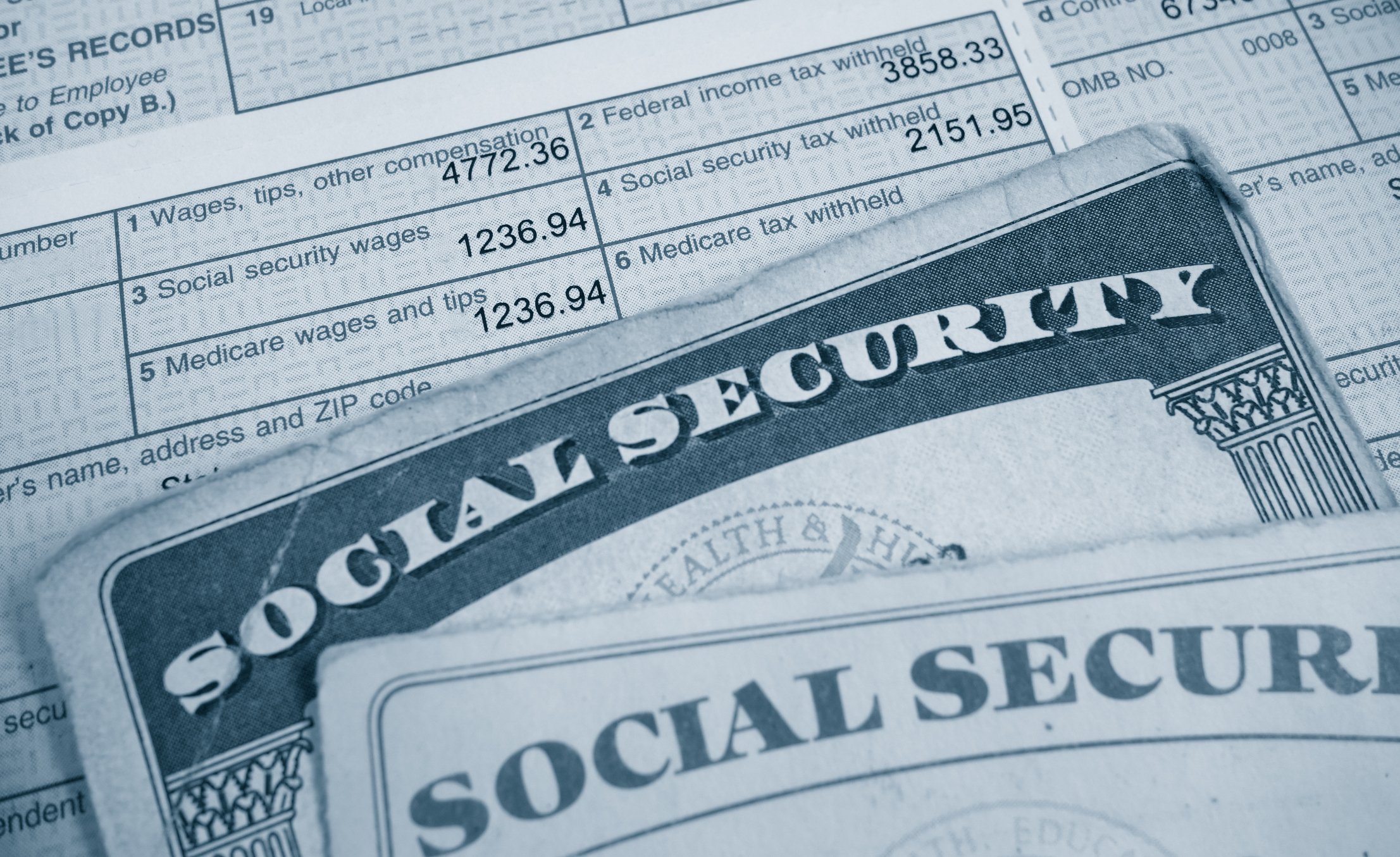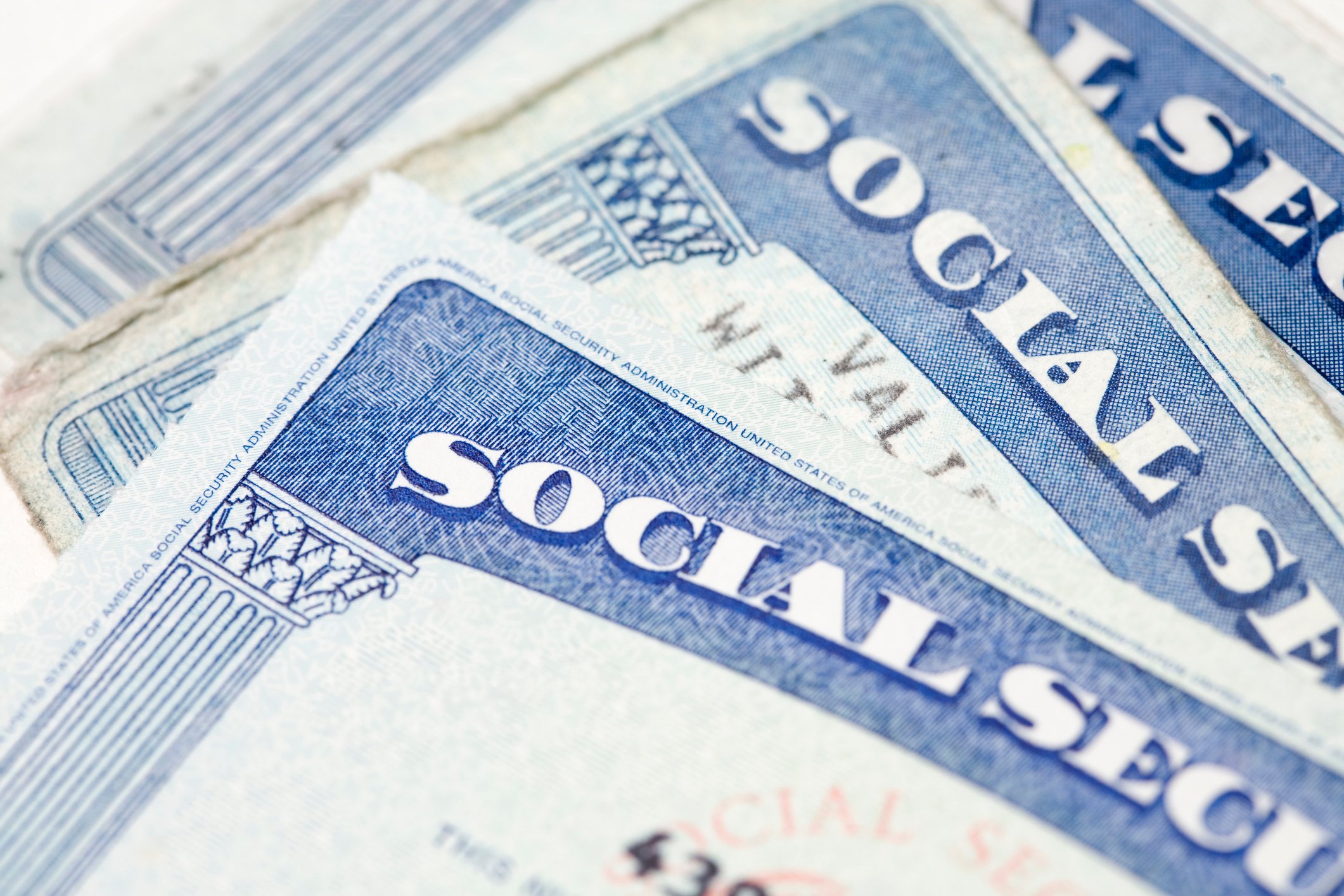Your retirement savings aren't all yours. You owe the government a cut, either in the year you earn the money or in the year you withdraw it. Unfortunately, there's no legal way around paying taxes on your retirement savings. But you can minimize what you owe. Here are three strategies to help reduce your taxes in retirement.
Choose the right retirement accounts
Retirement accounts come in two varieties: traditional and Roth. Traditional accounts, including traditional IRAs and most 401(k)s, are tax deferred. Your contributions reduce your taxable income in the year that you earn the money, but you pay taxes on your distributions in retirement. Roth accounts, including Roth IRAs and Roth 401(k)s, work the opposite way. You don't get a tax break on what you contribute this year, but then you won't pay any taxes on your distributions, as long as you're over 59 1/2 and the money has been in your account for at least five years.

Image source: Getty Images.
Choosing the right retirement accounts is key to minimizing what you owe. If you believe you're in a lower income tax bracket now than you will be in retirement, a Roth account is best. This is usually the case for young adults who are new to the workforce. People at the peak of their careers are better off contributing to traditional accounts, because their current income tax bracket is probably higher now than it will be in retirement when they're no longer earning high wages from work. Delaying taxes until retirement means paying a smaller amount than if they paid taxes on that money today.
You can't predict how tax brackets will change or whether your living expenses in retirement will be more or less than your current income. The best you can do is estimate. Add up your estimated annual living expenses in retirement, then compare that against the current tax brackets to see where you would fall. If your estimated retirement expenses are lower than your present income, put your money in a traditional retirement account. If your retirement expenses are higher or about the same as your current income, a Roth account may be smarter. You may contribute some to each type of account, but favor whichever one you believe will cost you the least in taxes.
Withdraw only as much as you need
You can withdraw as much money from your retirement accounts as you want without penalty beginning at age 59 1/2, but it's best to limit yourself to withdrawing only as much as you need to cover your living expenses for a few reasons. First, the longer your savings remain in your account, the more they can grow. Second, you'll pay less in taxes by withdrawing smaller amounts, if you're taking distributions from traditional retirement accounts.
If your withdrawals exceed certain thresholds, the government may also tax your Social Security benefits, but they may not; It depends on your tax filing status and your combined income. Combined income is defined as your adjusted gross income (AGI) -- your taxable income minus any deductions you're eligible for -- plus any nontaxable interest and half of your Social Security benefits.
If you're filing as single and your combined income is more than $25,000, you could owe taxes on up to 50% of your benefits. The same goes for married couples filing jointly with combined income exceeding $32,000. Single adults with a combined income over $34,000 and married couples with a combined income of $44,000 or more could pay taxes on up to 85% of their Social Security benefits.
By keeping your taxable retirement withdrawals low, you can minimize your chances of owing taxes on your Social Security benefits. Even if you cannot avoid this tax entirely, you'll owe less in taxes by keeping your combined income as low as possible.
Be mindful of required minimum distributions (RMDs)
When you reach age 70 1/2, you must start taking required minimum distributions (RMDs) from all your retirement accounts, except Roth IRAs. It's how the government gets tax revenue from your savings.
The amount of your RMDs are determined by your age and the value of your accounts. You can calculate yours by completing this worksheet. Divide the value of each of your accounts by the distribution period for your age to determine how much you need to withdraw this year.
The problem with RMDs is that they could force you to withdraw more money than you want to, pushing you into a higher income tax bracket. But avoiding them is not an option because if you fail to take your RMD, the IRS levies a 50% penalty on the amount you should have withdrawn.
The best thing you can do is take steps to minimize your RMDs. One way to do this is by relying more heavily on your traditional retirement accounts when you're younger, so you can minimize your RMDs and save your RMD-free Roth accounts for when you're older. However, this strategy may raise your taxes in the early years of retirement. Another option is to convert your traditional retirement accounts to a Roth IRA to avoid RMDs altogether, but if you go that route, you'll pay taxes on the transferred amount in the year you complete the rollover.
Taxes can take a big chunk out of your retirement savings, but by planning carefully, you can minimize what you owe and keep more money for yourself, your family, and your future.





